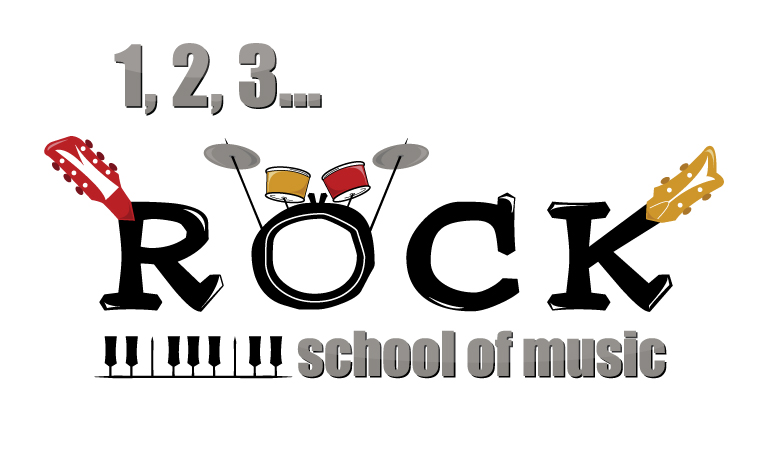In recent years, ASMR (Autonomous Sensory Meridian Response) has gone from a niche internet trend to a significant influence across various creative fields, including music production. Often associated with soothing sounds that trigger a sense of relaxation, ASMR has found its way into the music industry, where artists and producers use it to create immersive, calming soundscapes. While ASMR content is commonly linked to relaxation videos, meditation aids, and sleep therapy, its application in music has proven to offer a unique sensory experience that enhances both the emotional and psychological impact of songs. This innovative use of ASMR in music production is allowing artists to forge deeper connections with their audiences, creating music that transcends traditional listening.
-Tuesday, August 5
What Is ASMR and How It Relates to Music Production?
ASMR is a phenomenon characterized by a tingling sensation that people feel in response to certain sounds. Typically felt in the scalp, neck, or spine, this sensation is often described as a form of relaxation that calms the mind and body. ASMR videos, usually featuring sounds like tapping, whispering, or crinkling, are designed to elicit this response and induce a state of deep relaxation or focus. However, what sets ASMR apart from regular sound effects is its ability to create an intimate, almost tactile experience for the listener, making them feel as though they are right there with the artist or performer.
In the world of music production, artists have begun integrating ASMR techniques to enhance their soundscapes, creating immersive environments that evoke specific emotions. Instead of relying solely on melody and harmony, ASMR sounds such as whispers, breath sounds, tapping, scratching, or even the rustling of paper are incorporated to add layers of texture, emotion, and intimacy. These sound elements can evoke a sense of proximity and personal connection, transforming a song into a more tactile and enveloping experience for the listener.
How Artists Use ASMR Techniques in Music Production
The use of ASMR in music production is not just about adding soft or subtle sounds; it’s about enhancing the sensory connection between the music and the listener. For instance, whispers can be used to create a sense of intimacy, as if the artist is speaking directly to the listener in a personal moment.
Artists like Billie Eilish and Lorde are prime examples of musicians who have incorporated ASMR elements into their music. Billie Eilish’s track bury a friend is a notable example, where the mix of whispers, subtle breathing, and unexpected sound elements adds an eerie, almost haunting atmosphere. In Lorde’s album Melodrama, delicate sounds of vinyl crackles and distant echoes help evoke feelings of nostalgia and longing, transforming the listening experience into something more immersive.
Additionally, electronic music producers are experimenting with ASMR in genres such as ambient, lo-fi hip hop, and experimental pop. The use of ASMR techniques allows these producers to create multi-dimensional soundscapes that go beyond traditional rhythms and melodies. The integration of ASMR into beats, for instance, can give a song a distinct texture that enhances its overall mood, whether it’s to calm, energize, or evoke a sense of nostalgia.
Popular ASMR Music Channels and Soundscapes
With the rise of ASMR, several artists and content creators have embraced the genre to produce albums or tracks specifically designed to evoke relaxation or immerse the listener in a sensory experience. Popular ASMR music channels, like ASMR Music Channel on YouTube, offer an array of tracks designed with calming sounds such as gentle tapping, soft whispers, or binaural recordings that create a highly immersive listening experience.
On streaming platforms like Spotify, ASMR is also being integrated into playlists, albums, and even entire genres. These playlists, often categorized under “chill” or “relaxation” music, feature not only traditional ambient sounds but also tracks that incorporate ASMR elements for a more personalized and intimate listening experience. A great example of this is the genre of ASMR Music, where producers layer whispering voices or subtle soundscapes into their electronic or acoustic tracks to induce relaxation and mindfulness.
Artists such as Lana Del Rey and Grimes have experimented with ASMR-inspired sound design in their music. Grimes, for example, has integrated whispers, clicks, and soft, breathy sounds into her tracks, enhancing the overall ethereal and surreal nature of her music. Similarly, Lana Del Rey uses slow, melodic whispers and reverb-heavy vocalizations to create a dreamlike atmosphere in her tracks, helping transport listeners into a different world.
The Psychological Effects of ASMR Music
ASMR is more than just a fleeting internet trend it has real psychological effects that can aid in relaxation, stress reduction, and mental clarity. The soothing nature of ASMR sounds helps lower heart rates, reduce anxiety, and promote a sense of calm. This makes it ideal for use in music production, where the artist aims to not just entertain but also help the listener connect on a deeper emotional and psychological level.
Music that incorporates ASMR techniques can become a form of therapy, allowing listeners to experience a calming, sensory driven escape. For example, tracks with slow whispers and ambient tapping can be used to create a relaxing atmosphere, which is ideal for meditative practices, study sessions, or simply winding down after a busy day. Research on ASMR has shown that these sounds can trigger the release of dopamine, the “feel-good” hormone, which can promote positive emotional states and improve mood.
The use of ASMR in music also allows for emotional connection on a more personal level. The tactile nature of these sounds makes the listener feel as though the artist is physically present, speaking directly to them. This level of intimacy is rare in traditional music production, where the focus is often on the grand scale of sound and performance. ASMR music provides a contrast, offering listeners a deeper, more personal experience.
The Future of ASMR in Music Production
As the popularity of ASMR continues to grow, its application in music production is only expected to increase. Artists and producers are likely to continue experimenting with this technique to create more immersive, emotionally resonant experiences. Future applications might include live performances that incorporate ASMR elements where listeners experience real-time interactions with sounds through headphones or binaural recordings or even virtual concerts that bring the ASMR experience into a more interactive and sensory-rich environment.
The potential for ASMR in music is vast, especially as technology improves. We may soon see entire albums designed to enhance mental wellness, focusing on reducing stress and anxiety. Similarly, ASMR might find a place in video game soundtracks, with producers using these techniques to create immersive environments that enhance the emotional experience of gaming.
As more artists experiment with ASMR and discover new ways to incorporate its calming effects into their music, the genre could evolve further. From mainstream pop stars to indie artists, the possibilities are endless for integrating ASMR into music production, whether to create ethereal soundscapes or enhance the emotional connection between artist and listener.
ASMR in music production represents a groundbreaking approach to how we experience sound. By incorporating tactile, intimate elements into their songs, artists are creating a more immersive listening experience that reaches listeners on a psychological level. The fusion of ASMR and music not only helps evoke emotions but also promotes relaxation, focus, and mindfulness. As the use of ASMR techniques continues to gain momentum in music, we can expect to hear more experimental, therapeutic, and emotionally charged tracks in the future, offering new dimensions to how we interact with sound. Whether it’s for relaxation, focus, or emotional depth, ASMR is poised to change the landscape of music production in profound ways.


